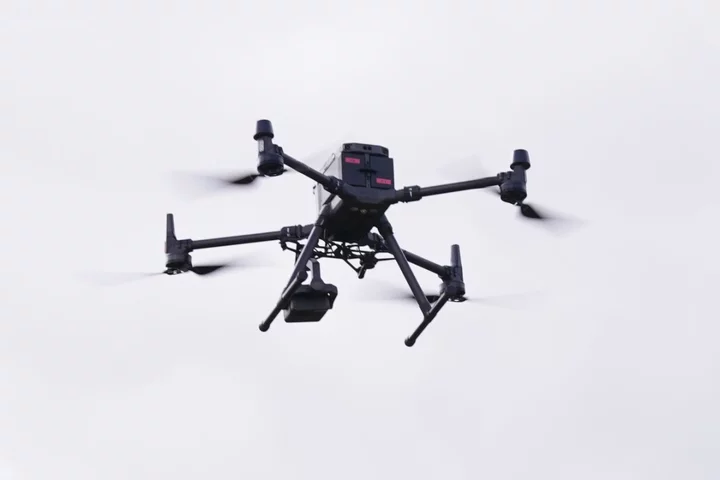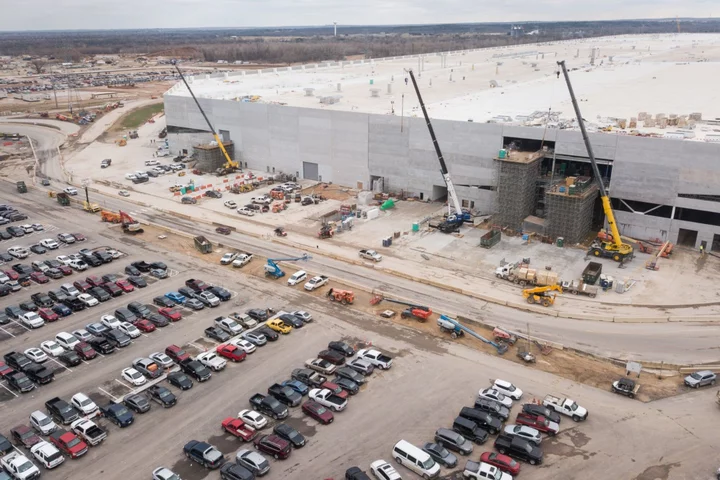Cutting-edge plans to use drones as first responders to police emergencies will be trialled in Norfolk next year.
If testing is successful, the devices would be stationed on buildings and operated remotely to be sent first to scenes to give police early information.
Initial trials, under a scheme dubbed Project Eagle X, will take place in Norfolk, which has limited access to the helicopters flown by the National Police Air Service because they are stationed so far away.
Further tests will also take place in Thames Valley Police and Hampshire.
It can tell you straight away whether you're talking about a major road traffic collision that requires three fire engines and four ambulances, or whether it's a minor prang and someone's getting overexcited
Neil Sexton, National Police Chiefs' CouncilPolice in England and Wales are working with officers in the US as similar trials have taken place in San Diego.
The drones as first responders (DFR) devices are also set to be trialled in Belgium and the Netherlands.
Neil Sexton, who advises the National Police Chiefs’ Council on the use of drones, said: “DFR is a drone that sits autonomously on a roof somewhere in a city and it’s in a box, it’s protected.
“From a control station that receives a 999 call it can be launched completely remotely, flying overhead an incident to gain situational awareness that will be fed back not just to that control station or control room, but also to the first responders who are about to arrive on the ground.”
The hope is the drone would give more accurate information on the potential scale of an incident that a potentially shocked member of the public who has called 999, and get there more quickly than a helicopter.
“The ability to get a remote aircraft overhead an incident that is still developing to gain a better situational awareness [is] much improved over phone calls from members of the public who are under stress,” Mr Sexton said.
“Sitting overhead, it can tell you straight away whether you’re talking about a major road traffic collision that requires three fire engines and four ambulances, or whether it’s a minor prang and someone’s getting overexcited.”
Currently, police forces in England and Wales use about 400 drones that cannot be flown out of the operator’s line of sight.
Plans are in place to amend those rules to allow police operators to do so, with initial trials taking place in areas with closed-off airspace next year.
Forces are also planning much wider use of retrospective facial recognition technology, with chiefs proposing to double its use by May.
The biometric software, hailed as significant a step forward for policing as DNA analysis, is used to compare images from sources such as CCTV with forces’ databases of custody shots.
Britain’s largest police force the Metropolitan Police has already said it will use the software to catch prolific shoplifters caught on CCTV.
South Wales Police, one of the forces to spearhead use of live and retrospective facial recognition, is also piloting software that can be used by officers on their mobile phones.
Around 50 officers currently have access to an app on their phones that allows them to take a photo of a suspect and compare it to the force’s mugshot database.
If the test is successful, the system could be rolled out across England and Wales.
Read MoreApple to adopt system to improve texting between iPhones and Android devices
ICO seeks permission to appeal against Clearview AI tribunal ruling
Users of iPhones can now check bank balance from Wallet app
VR tool aims to help rail passengers spot and safely tackle sexual harassment
Ring to preview security features with abuse charity to boost safety
TikTok launches feature to save songs to music apps like Spotify









